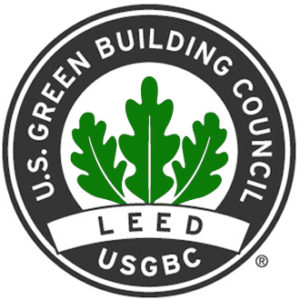 The County Board unanimously approved a beefed up voluntary Green Building Density Incentive Policy at its meeting on Saturday, June 16.
The County Board unanimously approved a beefed up voluntary Green Building Density Incentive Policy at its meeting on Saturday, June 16.
The move is designed to encourage higher levels of energy efficiency in Arlington buildings that go above and beyond the LEED minimum requirements. It also addresses the building energy efficiency and greenhouse reduction goals listed in the Community Energy Plan, which was launched in 2010. The Green Building Bonus Density Initiative was last updated in 2009.
Under the new guidelines, commercial office projects interested in participating in the incentive program must be at least 20 percent more energy efficient than the baseline, and achieve LEED Silver certification or higher. Multi-family residential buildings interesting in participating must be 18 percent more energy efficient than the baseline, and achieve at least LEED Silver certification. Previously, the county did not have its own standards, but required buildings to comply with the LEED standard of being 10 percent more energy efficient than the baseline.
In exchange for meeting the goals, developers may request additional building density or height. The newly approved plan eliminates bonus density for buildings simply meeting LEED Certified status, but increases the bonus density for Silver status.
Additional bonus density will be granted to projects that commit to both LEED certification, plus either ENERGY STAR building certification or LEED for Existing Buildings (LEED-EB) certification. ENERGY STAR and LEED-EB certifications are both based on current energy usage.
“Our Green Building Program is a voluntary program that is unique to Arlington,” said County Board Chair Mary Hynes. “This update makes our program even better — providing incentives that will help keep Arlington a regional and national leader in green building and energy efficiency while helping owners and tenants save money through reduced energy costs.”
Each project requesting bonus credits will be evaluated on a case-by-case basis, due to differences in types and sizes of buildings. For example, projects receive different credits for a variety of energy efficiency factors like roof type, interior and exterior lighting, HVAC systems and insulation type.
The county says it recognizes that it may not be initially as cost effective for developers to incorporate energy efficient components into their projects. The incentive program was devised to encourage developers to continue investing in energy efficient designs and construction, despite the initial cost.

